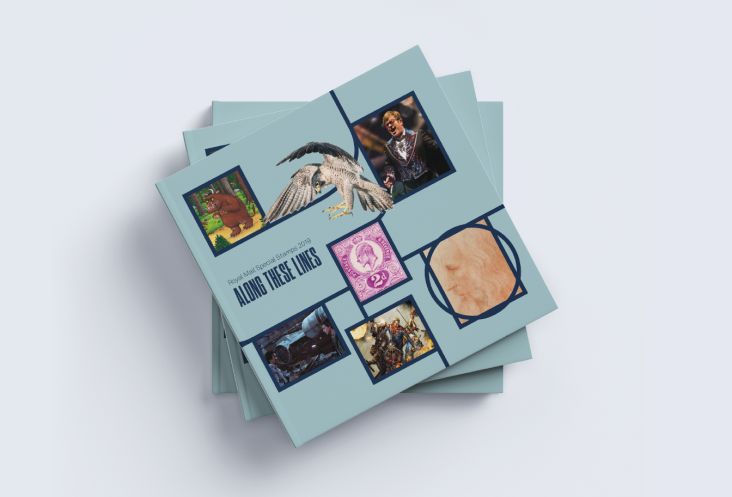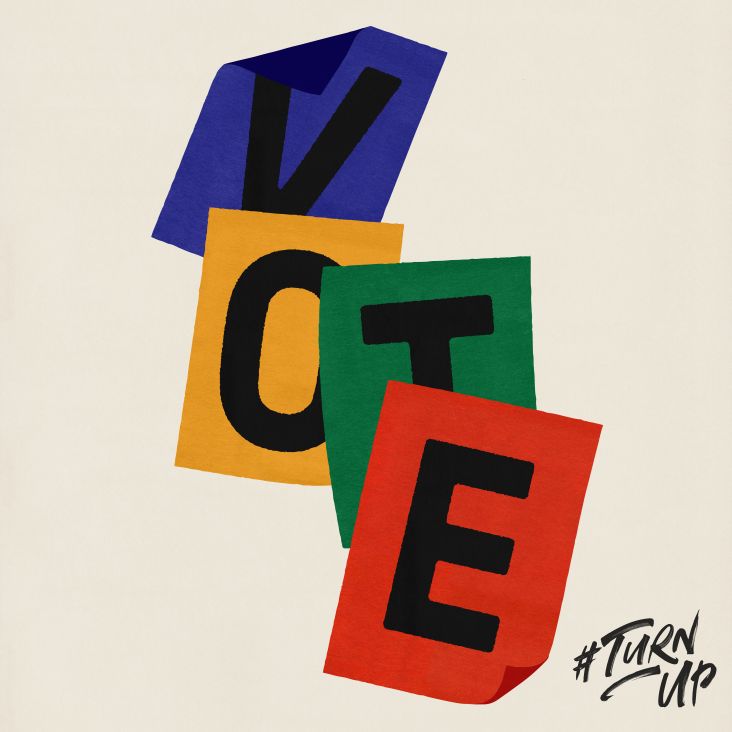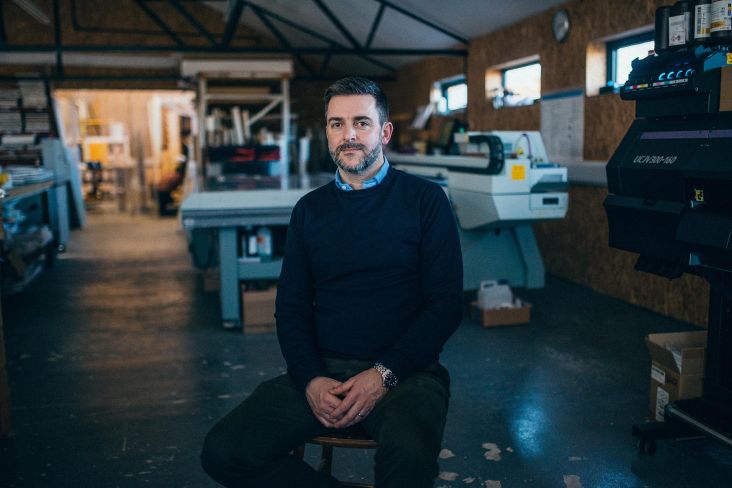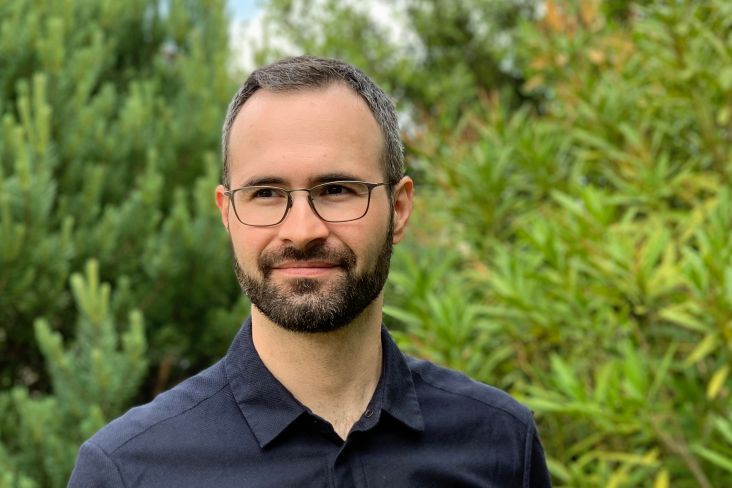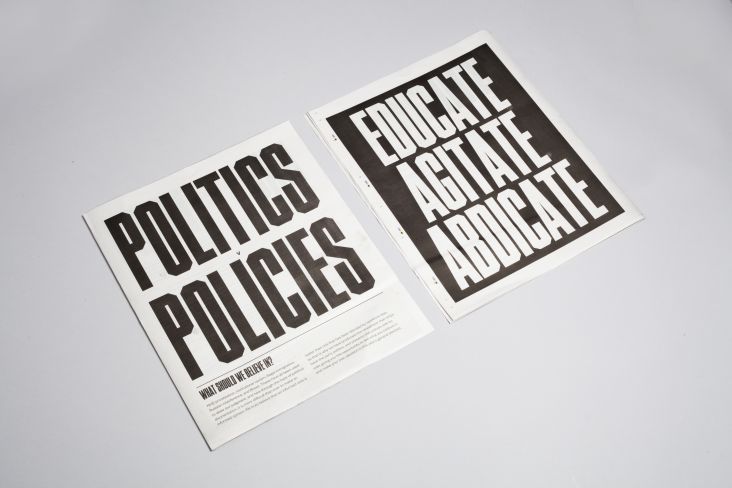Johanna Drewe on how to climb the career ladder in the creative industries and what's next for design
Johanna Drewe heads up the creative team at Studio Output, the award-winning London agency behind the famous rebrands for Auto Trader and BBC Sport.
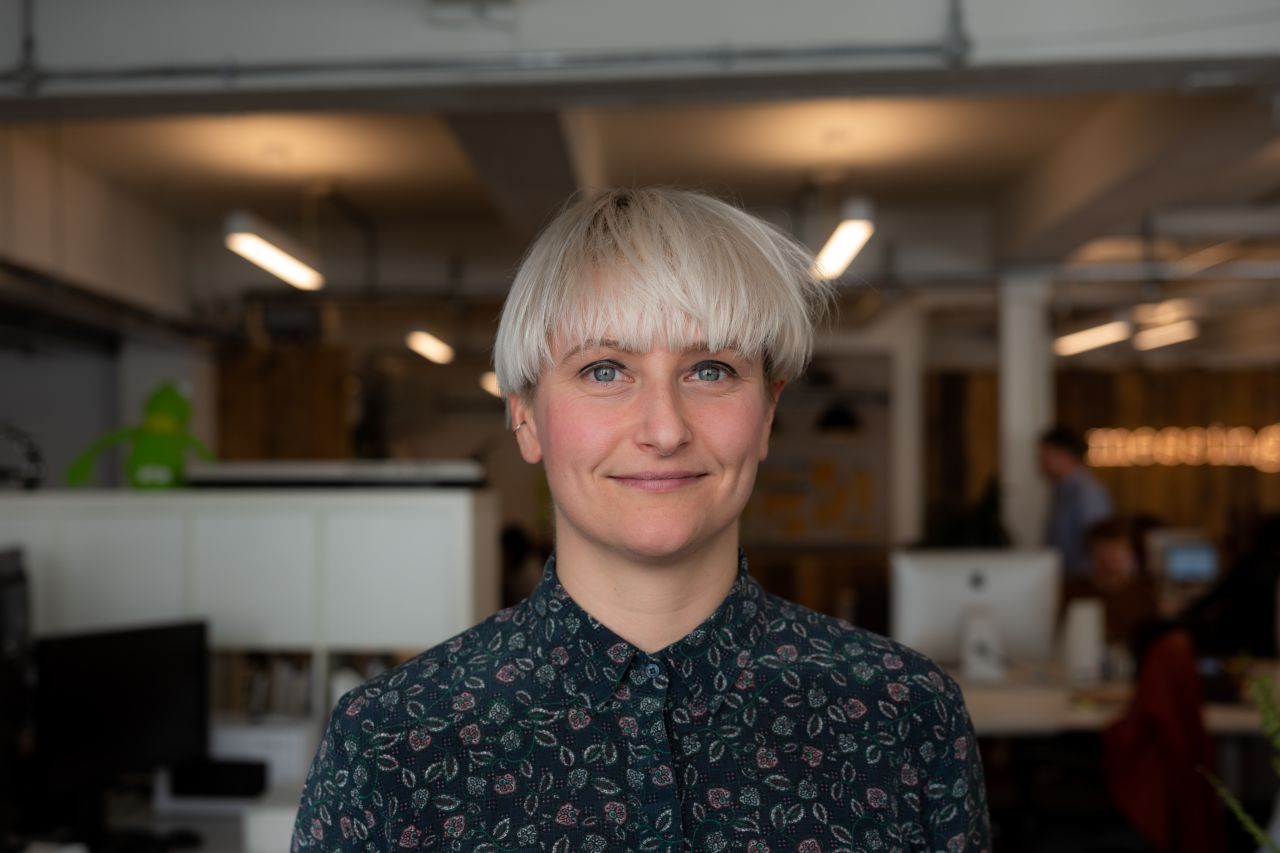
All images courtesy of Studio Output
With sixteen years in the design industry, Johanna is a creative director who has plenty of stories to share. She began her career after graduating from Nottingham Trent University, when she worked at some of the Midland's best brand agencies, picking up awards and featuring in the Creative Review Annual.
She later joined Output to accelerate her career and moved to London where she quickly worked her way up the ladder, leading the design team to reinvent J.K. Rowling’s Pottermore from top to bottom and, more recently, helping to rebrand Mixcloud, which launches in early 2020. With so much experience so far and plenty of insight to share, we wanted to find out more.
Tell us more about your career so far. Where did it begin and how did you get to where you are today?
I graduated from Nottingham Trent University, and with dogged determination and some mild harassment, I managed to get a junior designer role at an agency called CHC Choir. Unfortunately, they don't exist anymore but were a respected agency based in Nottingham, with a lengthy track-record in branding and advertising. After a few years, I moved to another well-regarded agency called Purple Circle.
In 2010, I joined Output's Nottingham studio in the search for more national and international projects. The studio had worked with the BBC for several years, and it was a big draw.
I was promoted to senior designer pretty quickly and created identity systems for great clients like Arts Council England and Pitcher & Piano, alongside identities for independent agencies like Macaulay Sinclair and Large Creative. A major project I look back on with pride was a brand identity for iWonder, the BBC's new knowledge and learning platform. It's the spark that started my new fascination for the role of brand identities within a digital space.
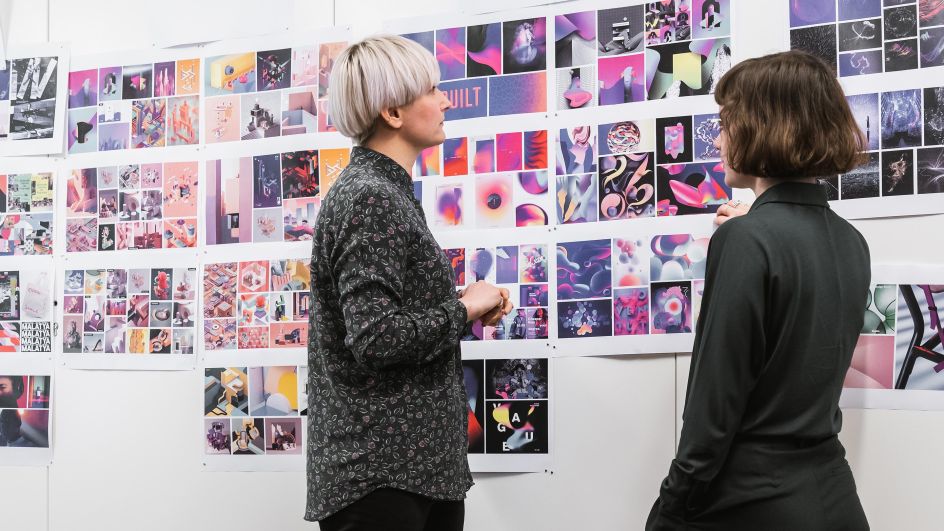
What happened next?
In 2015, I was promoted to design director and given the fantastic opportunity to harness my love of brand and digital with another – Harry Potter! I then moved to the London studio and led the creative team in designing the new Pottermore – a digital representation of J.K. Rowling's Wizarding World. It was a dream project to be involved in and built upon my understanding of where brand and digital design meet. It showed how user experience and visual design could combine to communicate the distinctive character of a brand across platforms and devices.
Did the experience turn you into a wizard?
Well, I hold Pottermore as a defining moment in my life, both from a work and personal point of view in moving down to London. Since then I've helped transform the BBC Three broadcast brand into truly digital and social-first identity, designed the global identity for The Dungeons and developed the brand for Ni Nyampinga, a division of Girl Effect promoting girls and young women in Rwanda.
In 2017, I headed up a collaborative agency and in-house team project to create a digital brand design language for Auto Trader, transforming the way the brand is used and perceived in a digital space. More recently, I've led the team through digital brand work for Bloomsbury Publishing, and a second-wave fintech called Equals plus an extensive rebrand for the audio streaming platform Mixcloud.
My ambition to work with the BBC when joining Output has been fulfilled with some amazing projects. BBC Three was a real highlight, and this year I’ve developed broadcast identities for BBC Scotland and BBC Cymru Wales.
So when were you promoted to your current role?
About 18 months ago, I was promoted to associate creative director, and I've just been made creative director. So now I head up and (hopefully) nurture the creative team which I've been fortunate to build around me. We have a real mix of digital and branding specialists who work as a pool of talent across our brand-led or digital-led projects. The nature of the 'brand into digital' landscape often means we work with in-house teams, embed and collaborate, so every day is different and massively enjoyable.
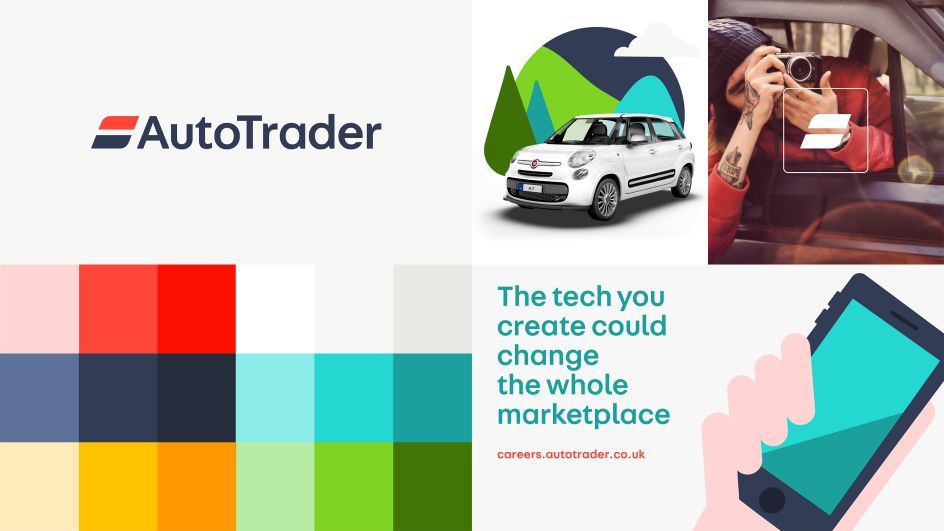
Auto Trader
What have been the big lessons learnt so far in your latest role?
I think there have been a few evolving from my career and learning from those that lead you, for better or worse.
Firstly, when to get involved or not is a careful balance, I've tried hard to get right. I want the team to feel empowered and creatively free to lead the charge, but I need to ensure the work is creatively on-point and meets the client's requirements. To continuously push creative and always be curious to think beyond what they've settled on – that's a tricky balance that needs constant maintenance!
I think the other is realising I'm in the background now and I shouldn’t get celebrated when a project is great. On the other hand, when there's a problem with a project, I'm the firewall to absorb the heat and protect the team. That can get positive recognition when the project is put back on its tracks, but it can be hard only to be celebrated for fixing rather than creating.
Design has changed massively from my early career. To be a creative director now, we need to understand a monumentally wider output for design solutions than we ever have. It's a challenge and constant self-evolution to ensure you can get the most out of a motion team as you do with digital or brand – or a hybrid of any of those and the ever-growing platforms we're creating for.
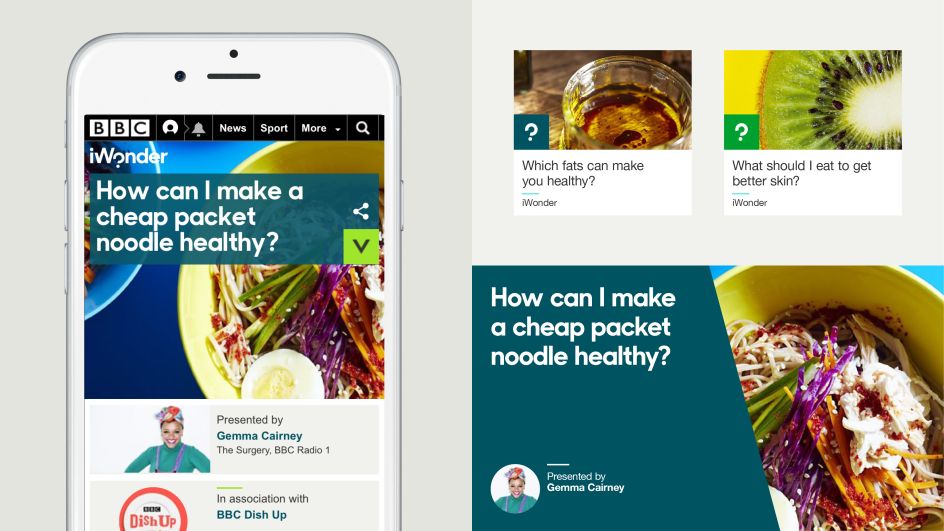
BBC iWonder
It sounds exciting and varied. Is there anything about your job or the design industry that you dislike?
I'd love to see more of a challenge to trends. As designers, we all share the same points of reference now, and it can be tempting to create what's cool on the surface. Then, from a client's perspective, it's easy to see a famous brand and say, 'I want that'. But to truly create a fantastic brand identity or digital experience with substance, you need to understand their business, proposition and values fully.
You need to discover what motivates their audience and go beyond trends to craft a genuinely engaging creative experience that reflects their unique position. But projects like these rarely get enough depth of coverage and instead the trends get fuelled by more of the same.
The other thing is as a creative director who's a woman, it still surprises me to look around a room and be surrounded by men. That's a sweeping statement, but outside of sectors like publishing and broadcast which seem quite weighted towards teams led by women, others feel a bit behind the time.
I've had the great privilege of working with awe-inspiring women like Anna Rafferty – a long-time friend of the studio, who's worked with us at Penguin, Pottermore and the BBC. She can't help but stir greatness in those around her, and to have an industry filled with more of those like-minded people would be a fantastic thing.
BBC Three
2019 is coming to an end. How are you feeling about 2020 and the new decade?
I'm excited about how next year might go from a studio perspective. For one reason or another, the projects that have kept us busy haven't launched this year and will in early 2020. We've worked with the BBC Cymru Wales team to create a family of brand identities that span broadcast, social and print. It's been a mammoth project that has stretched us at times, but the output is amazing.
And we've had a lot of fun working with the lovely Mixcloud team, helping them define and create a braver, bolder brand and develop how it can start to live in their product. Those are just two I'm super-excited to get out into the world for people to play with. And there are a few more!
What have been the biggest changes in design during your career?
I'm sure this is true for a lot of people, but when I was first interested in design, not many people 'outside' knew what it was. Now the majority of people have an understanding of what design is and what it can do for them.
This audience awareness and sophistication, alongside the rapid shifts in technology, mean we're creating for so many different outputs – like voice, interfaces the size of a postage stamp, screens the size of a skyscraper! Everything is alive and moving now – it's brilliant to be part of.
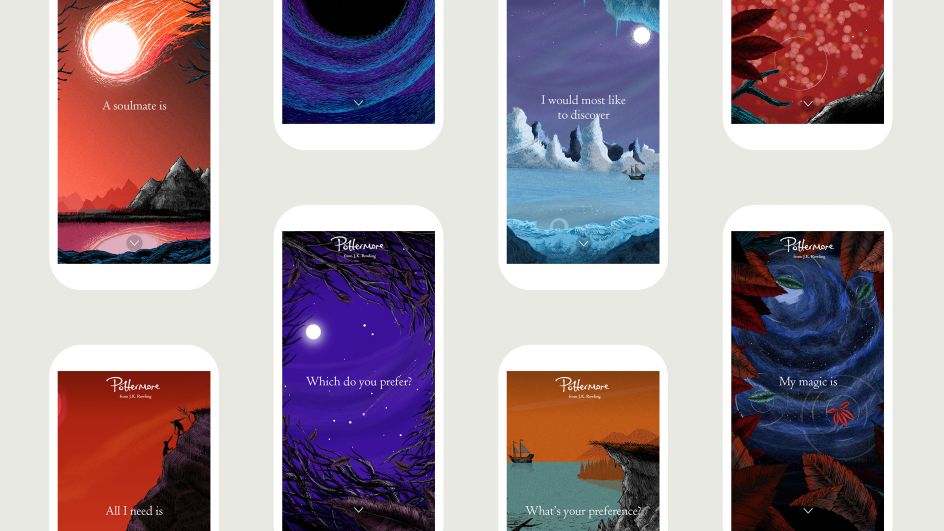
Pottermore
Where is design headed next?
Something that's already started with a project in the studio is creating a distinctly different digital experience and app for the same client. I wonder if this will stretch beyond purely platform-specific outputs into platform-specific brands, which communicate differently based on the user need-state. It'll be interesting to see what happens when audiences interact with those brands across experiences. How do they stay coherent and authentic to the brand itself?
If someone wants to work at Output, what advice can you give?
If you're interested in taking brand identity into digital products, then you're in the right place. We're always on the lookout for highly creative people with an eagerness to learn and a head full of ideas, rather than trend-based design.
We use a mix of tools that help us work with our clients, from Figma and Sketch to the Adobe suite – you should be able to create beautifully crafted brand identities, digital experiences and products with them. We love working collaboratively so you'll need to play nicely with others. And our work is often full of colour and personality, so you probably don't have a folio of purely grey minimalism.

















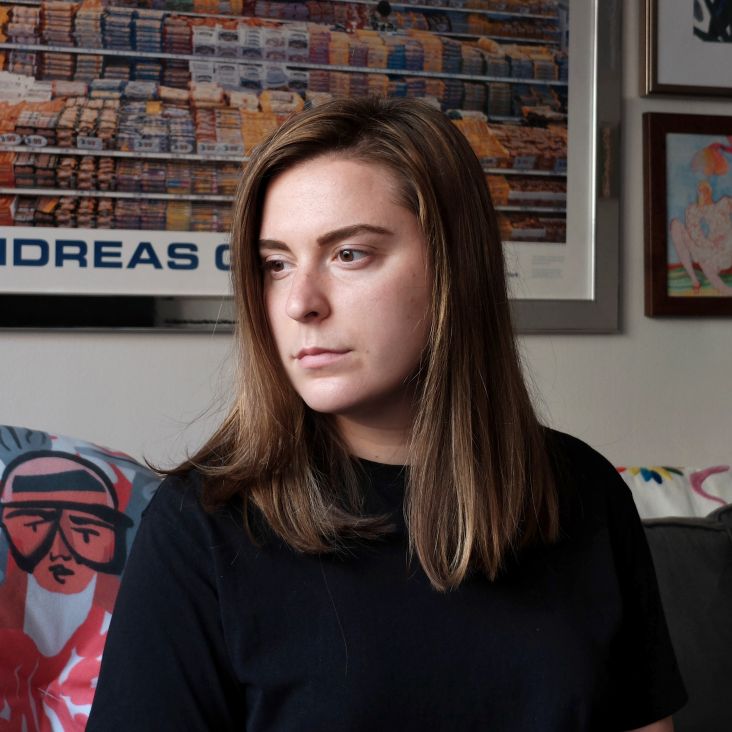
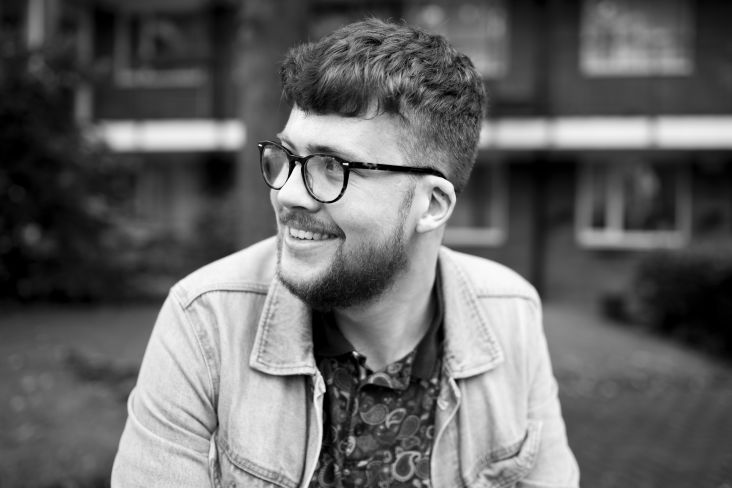
, courtesy of the artist and Feature Shoot](https://www.creativeboom.com/upload/articles/5e/5eb2b25706ada640ac280370785d30385b7b38ff_732.jpg)
